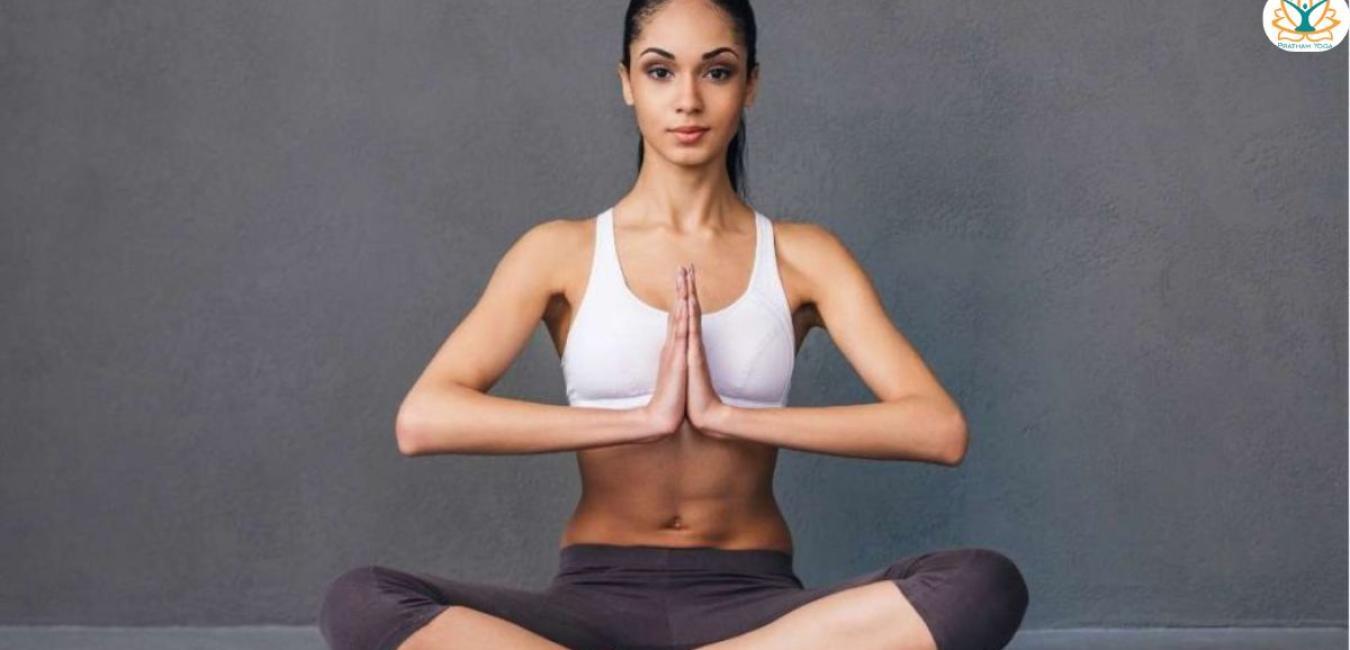Discovering the Power of Prayers Pose in Yoga and Meditation

In the world of yoga and spiritual practices, certain gestures hold timeless meaning. One such gesture is the prayers pose, also known as Anjali Mudra. Simple in form yet profound in effect, this pose involves joining the palms together at the heart. Though it may appear modest, it carries rich symbolism and offers a wide range of physical, emotional, and spiritual benefits.
Across cultures, the prayers pose represents reverence, unity, and devotion. Whether in yoga classes, meditation sessions, or daily greetings, it serves as a reminder of the sacredness within ourselves and others. This blog explores the deeper significance of the prayers pose, how to practice it, its benefits, and the ways it can be integrated into both yoga and everyday life.
Historical and Cultural Roots
The prayers pose has been practiced for centuries across spiritual and cultural traditions.
-
In Hinduism – It is used during rituals and prayers, symbolizing devotion and respect.
-
In Buddhism – Practitioners join the palms as a gesture of gratitude and reverence.
-
In Christianity – Folding the hands in prayer is a universal symbol of faith and surrender.
-
In Yoga – The pose sets intentions, promotes mindfulness, and balances energy.
-
In greetings like Namaste – It expresses respect, humility, and acknowledgment of the divine in others.
The fact that this gesture appears across so many traditions highlights its universal meaning. It is more than a ritual—it is a shared human expression of humility, connection, and peace.
How to Perform the Prayers Pose
Practicing the prayers pose is straightforward, making it accessible to everyone.
-
Begin in a seated or standing position with the spine tall and relaxed.
-
Bring the palms together at the center of your chest, fingers pointing upward.
-
Rest the thumbs lightly against the sternum.
-
Relax the shoulders and keep the chest open.
-
Close your eyes and take a few deep, even breaths.
-
Focus on gratitude, peace, or a personal intention.
This pose can be held for a few moments or several minutes, depending on the purpose. It works beautifully in yoga practice, meditation, or even as a mindful pause during the day.
Physical Benefits of Prayers Pose
Though simple, the prayers pose benefits the body in meaningful ways:
-
Improves posture – Aligns the spine and opens the chest.
-
Enhances breathing – The chest expansion encourages deep, steady breaths.
-
Releases tension – Gently relaxes the shoulders, wrists, and hands.
-
Increases awareness – Encourages alignment and balance in the body.
Regular practice helps bring mindfulness into posture and movement, especially for those who spend long hours sitting or working at desks.
Emotional and Mental Benefits
The prayers pose is equally powerful in calming the mind and balancing emotions.
-
Reduces stress and anxiety – Deep breathing in this pose relaxes the nervous system.
-
Encourages mindfulness – Serves as a reminder to slow down and focus on the present.
-
Promotes gratitude – Hands at the heart center create an emotional connection to thankfulness.
-
Cultivates compassion – Encourages kindness toward oneself and others.
-
Balances emotions – Acts as an anchor during moments of uncertainty.
For many practitioners, this gesture becomes a tool for mental clarity and emotional resilience.
Spiritual Significance of Prayers Pose
At its heart, the prayers pose is a deeply spiritual gesture.
-
Symbol of humility – Represents surrender of the ego and openness to higher wisdom.
-
Connection with the divine – Serves as a channel for devotion and reverence.
-
Unity of opposites – Symbolizes the coming together of dualities, such as body and spirit.
-
Sacred acknowledgment – Honors the divine presence within oneself and others.
This is why it is widely used in meditation, prayer, and sacred rituals across cultures. It helps practitioners connect to something greater than themselves.
Prayers Pose in Yoga Practice
In yoga, the prayers pose is woven into different parts of practice:
-
At the beginning – Helps center the mind and set an intention.
-
During Sun Salutations – Used in Mountain Pose to create balance and flow.
-
In meditation – Acts as a grounding mudra that enhances focus.
-
At the end of practice – Closes the session with peace, gratitude, and stillness.
This gesture is often considered the heart of yoga, uniting physical movement with spiritual awareness.
Variations of Prayers Pose
The traditional pose is palms joined at the chest, but there are several variations with distinct meanings:
-
Overhead Prayers Pose – Palms raised above the head, symbolizing openness to universal energy.
-
Forehead Prayers Pose – Hands brought to the forehead, representing clarity and wisdom.
-
Heart-Centered Pose – Palms joined at the chest, reflecting compassion and gratitude.
These variations can be adapted depending on the focus of practice or personal intention.
Daily Life Applications
One of the most beautiful aspects of the prayers pose is that it can easily be incorporated into everyday routines.
-
Morning ritual – Begin the day with prayers pose to set intentions.
-
Before meals – Use the gesture as a moment of gratitude.
-
During stress – Pause and hold the pose while breathing deeply to restore calm.
-
Evening reflection – Close the day with gratitude by bringing palms together.
Through these simple practices, the prayers pose transforms ordinary moments into opportunities for mindfulness and peace.
The Universality of the Gesture
Few gestures are as universal as the prayers pose. Found in religions, cultures, and spiritual traditions worldwide, it speaks a language of unity and respect that transcends borders.
It is used to greet others, show gratitude, express devotion, and connect with the divine. This universality reveals something profound: that despite differences in culture or belief, humanity shares a desire for reverence, connection, and harmony.
Practical Tips for Practicing Prayers Pose
For those new to this practice, here are a few tips:
-
Be mindful of posture – Keep the spine upright and the shoulders relaxed.
-
Focus on the breath – Slow, deep breathing enhances the benefits.
-
Set an intention – Whether gratitude, peace, or clarity, let the pose carry meaning.
-
Practice regularly – A few minutes each day can bring lasting results.
-
Use it as a pause – Anytime you feel overwhelmed, pause, close your eyes, and bring your palms together.
Consistency is key to experiencing the full range of benefits.
Closing Reflection
The prayers pose is more than a physical gesture—it is a timeless expression of respect, humility, and connection. Practiced in yoga, meditation, or daily life, it brings balance to the body, calmness to the mind, and depth to spiritual awareness.
By incorporating it into our routines, we honor ourselves, others, and the sacredness of life. It is a simple reminder that peace and balance are always within reach, and that unity—whether between body and spirit or between people—can be found in the smallest of gestures.
The prayers pose may be modest, but its impact is profound. It is a gesture that connects cultures, heals the mind, and awakens the heart to the beauty of stillness and presence.







